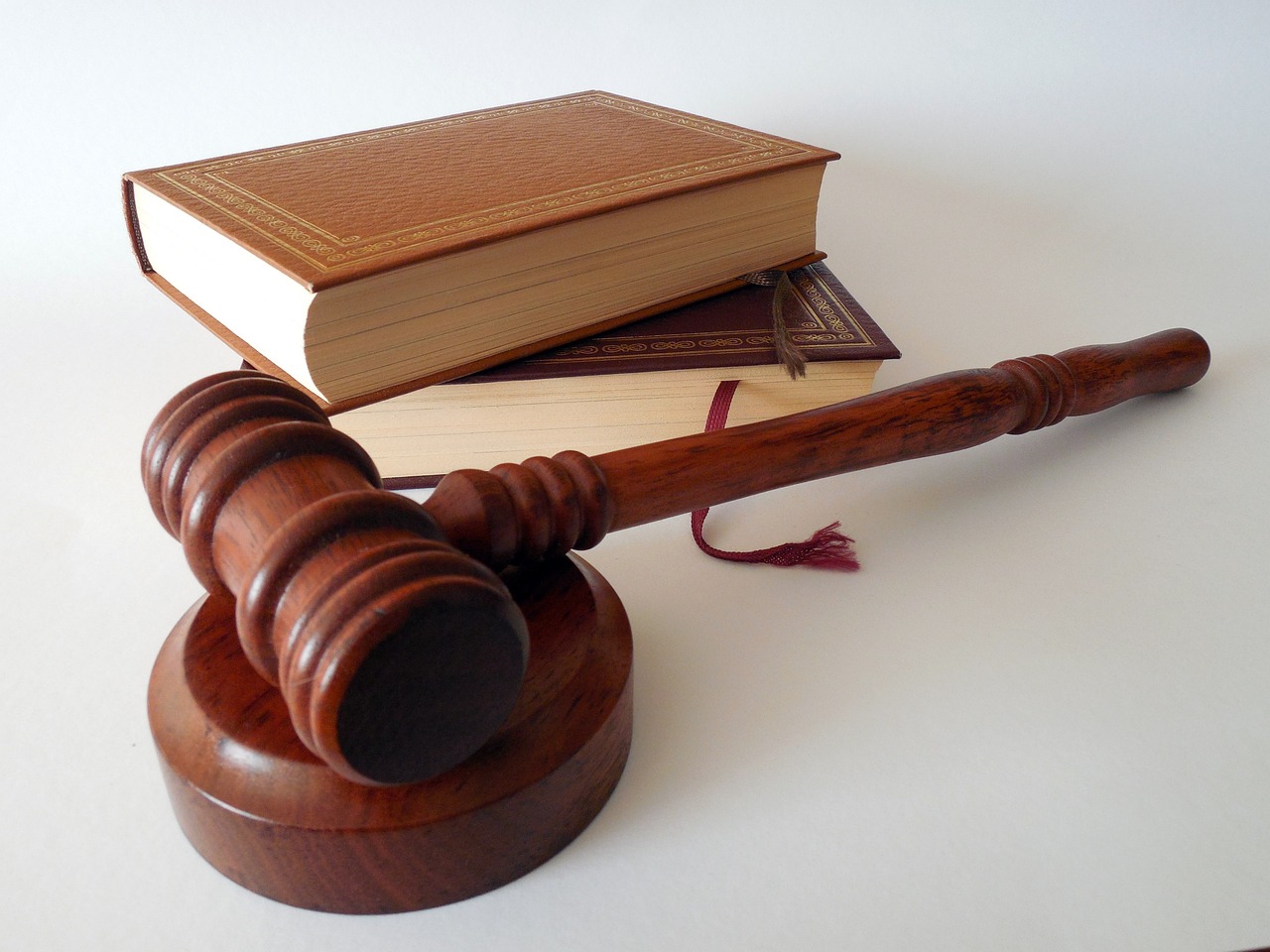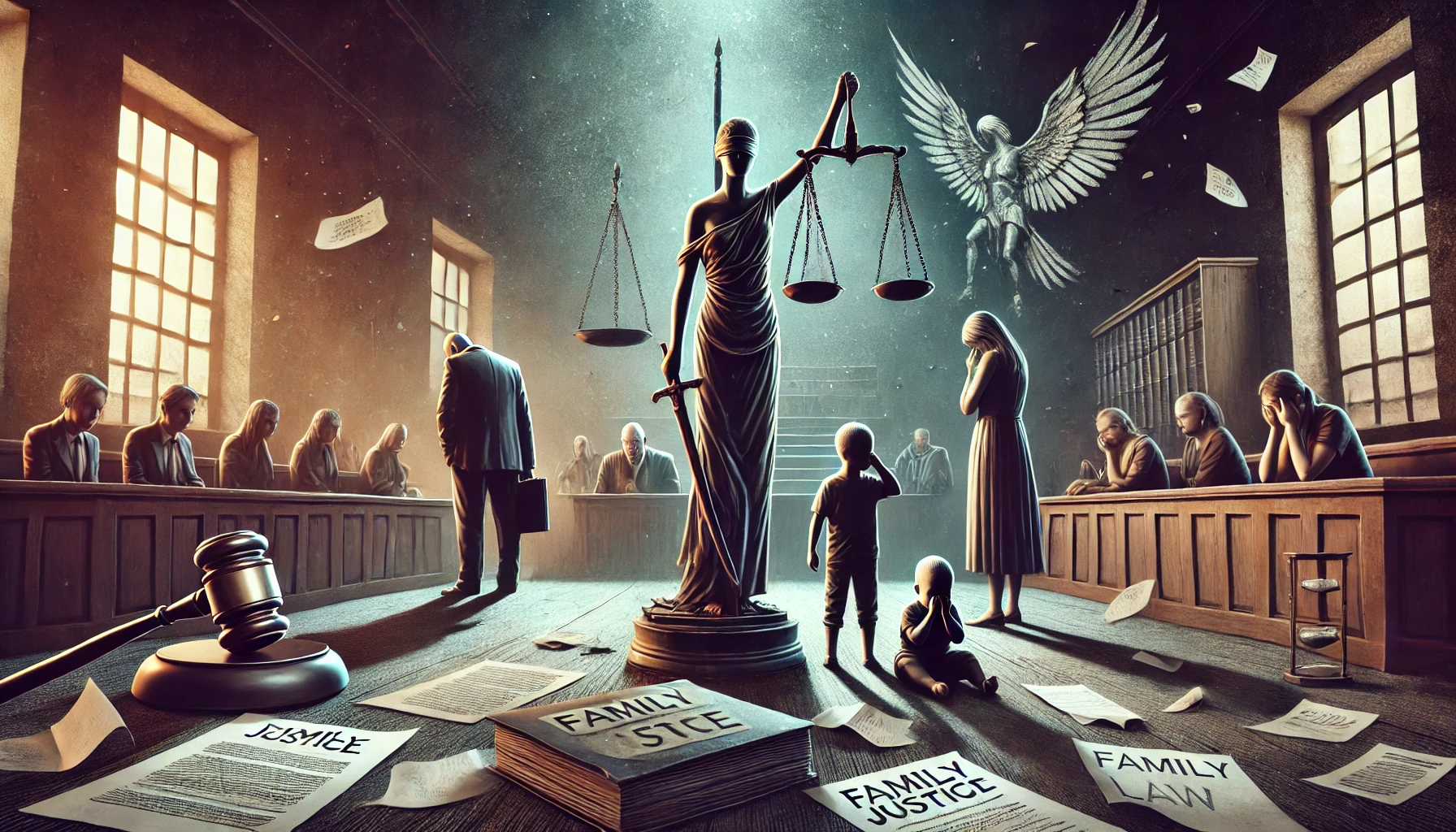Authored By: Dhruv Vijay
BS Anangpuria Institute of Law
Abstract
This paper examines the intersection of climate change and environmental justice, highlighting how marginalized communities disproportionately bear climate-related burdens despite contributing least to greenhouse gas emissions. It begins by defining key concepts—climate change, environmental justice—and establishing the historical and theoretical frameworks underpinning the discourse. The main content explores the unequal impacts of rising temperatures, extreme weather events, and sea-level rise on low-income, Indigenous, and communities of colour, delving into case studies such as Hurricane Katrina, heatwaves in urban Africa, and Indigenous land loss in the Arctic. The analysis then addresses institutional factors—including policy gaps, regulatory failure, and socio-economic inequities—that perpetuate injustice. Mitigation and adaptation strategies are critically assessed through an environmental justice lens, emphasizing inclusive governance, community-based adaptation, and resilience planning. The conclusion synthesizes findings and offers policy recommendations: integrating justice in climate legislation, amplifying marginalized voices, expanding funding for frontline communities, and ensuring equity in transition pathways. The paper calls for transformative action to reconcile climate policy with social equity, fostering sustainability that leaves no one behind.
Introduction
Problem Statement
Climate change is widely accepted as one of the most pressing global challenges of our time. Rising greenhouse gas concentrations lead to more frequent and intense extreme weather events—cyclones, floods, droughts, and wildfires. However, the effects are not uniformly felt around the globe. Vulnerable communities often suffer the most severe consequences, despite having contributed the least to the problem. This inequitable distribution of environmental harm raises crucial moral, ethical, and political issues, making environmental justice a central concern for effective climate action.
Objectives
- Define and explore the relationship between climate change and environmental justice frameworks.
- Identify and analyze the uneven impacts of climate-related hazards on marginalized communities.
- Examine systems and policy failures that perpetuate injustice.
- Evaluate mitigation and adaptation strategies through a justice-oriented lens.
- Propose recommendations to better integrate equity into climate policy.
Scope of the Paper
This paper engages with multidisciplinary sources—scholarly research, case studies, international reports—and focuses particularly on urban, coastal, and Indigenous contexts. It assesses both global and localized perspectives and considers legal, social, economic, and ethical dimensions.
Theoretical and Historical Foundations
Definitions
- Climate Change: Shifts in global/regional climate patterns caused primarily by rising atmospheric concentrations of CO₂ and other greenhouse gases.
- Environmental Justice: The principle that every individual has the right to a healthy environment and that no group should disproportionately bear environmental burdens.
Origins of Environmental Justice
- U.S. Movement: The environmental justice movement began in the 1980s in the United States, catalyzed by events such as the Warren County PCB landfill protests, calling attention to waste dumping in Black communities.
- Global Perspectives: In the 1990s and 2000s, the discourse broadened to the Global South, emphasizing colonial legacies, development injustices, and the climate impacts on vulnerable nations (e.g., Tuvalu, Bangladesh).
Justice Typology
- Distributive Justice: Fair distribution of environmental benefits and burdens.
- Procedural Justice: Inclusive decision-making in climate policy.
- Recognition Justice: Respecting and validating diverse group identities, including culture and values.
- Restorative Justice: Reparative actions to address historic harm.
Unequal Impacts of Climate Change
Extreme Weather and Social Vulnerability
- Hurricane Katrina (2005)
- Displacement and disproportionately high death tolls in predominantly Black neighborhoods (e.g., Lower Ninth Ward).
- Limited access to evacuation resources, poor infrastructure, and slow recovery efforts.
- Heatwaves in Cities
- Urban heat island effect worsens heat exposure.
- African cities (e.g., Lagos, Nairobi) face skyrocketing heat-related mortality among low-income residents lacking cooling resources.
- Flooding and Coastal Erosion
- Bangladesh and Mekong Delta: millions at risk of intensified flooding, loss of agricultural land, and displacement—primarily among poor farmers and ethnic minorities.
Food Security and Public Health
- Climate shifts reduce crop yields—especially staples like maize and millet—threatening nutrition for subsistence farmers in sub-Saharan Africa.
- Malaria, dengue, and other vector-borne diseases expand into previously unaffected regions—overwhelming rural communities with limited healthcare access.
Indigenous Peoples and Cultural Erosion
- Indigenous groups in the Arctic (e.g., Inuit) face melting sea ice, affecting subsistence hunting, travel, and cultural practices.
- Land dispossession due to commercial development (e.g., oil, gas) exacerbates vulnerability.
Global Inequality and Emissions
- Per capita emissions in affluent nations far exceed those in poor countries. For example, the richest 10% contribute nearly half of all CO₂ emissions.
- This inequity underscores moral responsibility for wealthier nations to lead climate response and support impacted countries.
Institutional Barriers and Policy Failures
Governance Gaps
- International treaties like the Paris Agreement call for common but differentiated responsibilities, but funding and compliance are weak.
- Climate finance commitments (e.g., the $100 billion annual pledge to developing countries) remain unmet.
Regulatory Capture and Lobbying
- Fossil fuel corporations influence policy to delay climate action and weaken environmental safeguards.
- Local zoning laws frequently enable environmentally harmful projects—such as industrial facilities—in low-income neighbourhoods.
Socio-Economic Obstacles
- Poverty restricts access to property insurance, relocation resources, green technologies, and climate-resilient infrastructure.
- Discrimination based on race, ethnicity, or poverty compounds vulnerability.
Lack of Inclusive Participation
- Marginalized groups are often excluded from climate governance platforms—e.g., National Adaptation Plan processes lack Indigenous and women’s representation.
- Without meaningful participation, policies risk missing on-the-ground needs.
Toward Justice-Centred Mitigation and Adaptation
Climate Mitigation with Equity
- Carbon pricing mechanisms: Must include revenue redistribution to low-income households or funding for green infrastructure in underserved areas.
- Just transition: Ensures workers in carbon-intensive industries receive training, protection, and support to move into green jobs.
Adaptation Strategies
- Community-based adaptation: Empower local actors to design flood defenses, diversify crops, and implement nature-based solutions.
- Urban resilience: Investments in green spaces, heat-reflective infrastructure, and cooling centers to reduce heat spikes in slum areas.
Legal and Policy Innovations
- Rights of Nature/Climate litigation: Lawsuits in countries like Pakistan and Uganda have invoked stewardship duty and constitutional rights to a clean environment.
- International climate justice frameworks: Examples include the Warsaw International Mechanism for Loss and Damage.
Financing Justice
- Climate funds: Greta Thunberg-inspired youth activists and NGOs advocate for transparent, just governance of multilateral funds.
- Blended finance models: Public funds leverage private investment for equitable infrastructure in vulnerable regions.
Ensuring Procedural and Recognition Justice
- Free, prior, and informed consent (FPIC): Required in many countries to respect Indigenous sovereignty.
- Gender-responsive adaptation: Gender must be mainstreamed into planning to address women’s specific vulnerabilities and strengths.
Case Studies
Phoenix, Arizona — Heat Resilience
- A city initiative installed cooling centers, shade trees, and reflective surfaces.
- Projects were prioritized in lower‑income neighborhoods—this targeted approach reduced heat‑related hospitalizations by approximately 15%.
Bangladeshi Floating Schools and Cropping
- NGOs partnered with local communities to build floating classrooms and floating gardens.
- These innovations supported continuous education and food production despite flood cycles, improving resilience and income for poor families.
Arctic Indigenous Adaptation
- Inuit-led mapping projects integrate Traditional Ecological Knowledge with Western science to monitor sea-ice shifts.
- This empowers communities to raise legal claims for land stewardship and emergency preparedness funding.
Conclusion
Climate change is both an environmental and social justice crisis. Without integrating equity into mitigation and adaptation, efforts risk worsening existing disparities. Findings from this research show:
- Marginalized communities—low-income, Indigenous, racially marginalized, and Global South populations—face the deepest climate impacts.
- Institutional and policy deficits perpetuate injustice—from inadequate climate finance to exclusionary governance.
- Justice-oriented strategies hold promise: inclusive policymaking, community empowerment, legal recognition, targeted financing, and rights-based frameworks.
Recommendations:
- Enact climate legislation that embeds equity: carbon revenue sharing, resilience funding, and anti-displacement measures.
- Guarantee meaningful participation: mandates for FPIC, gender inclusion, and community leadership in adaptation planning.
- Fulfill international financial commitments: rich countries must deliver on climate finance pledges with transparency.
- Support community-based solutions: scale up funding for local adaptation initiatives in vulnerable areas.
- Expand legal avenues: support environmental and climate justice litigation globally.
Committing to a just climate agenda is not only a moral imperative but also essential for effective, sustainable outcomes. Only through equity-centred action can societies build resilience that truly includes everyone—and forge a climate future that is both livable and just.
Bibliography
- Centers for Disease Control & Prevention, Climate and Health Program, Heat-Related Deaths After a 1995 Heat Wave — Chicago, Illinois, 1995, MMWR Morb. Mortal. Wkly. Rep. (1997).
- David Pellow & Robert J. Brulle eds., Power, Justice & the Environment: A Critical Appraisal of the Environmental Justice Movement (MIT Press 2005).
- Isabelle Anguelovski et al., Why green “climate gentrification”? J. Envtl. Planning & Mgmt. (2020).
- IPCC, Climate Change 2023: Synthesis Report, Summary for Policymakers (2023).
- Leah Temper et al., Environmental Justice in Low-Carbon Transitions (2021).
- Lyon T. Bradley, Coastal Communities & Climate Justice, Harv. Envtl. L. Rev. (2022).
- Margaret A. Rosenberg, Lawsuits on Climate: Environmental Rights to Safeguard the Planet, Geo. Wash. Int’l L. Rev. (2023).
- Mary Louise Frampton, Community-Based Adaptation in Bangladesh: A Case Study, Climate Adaptation Monitor (2021).
- Naima Green, Arctic Indigenous Adaptation and Mapping Initiatives, Int’l J. Indigenous Pol’y (2020).
- Sabrina McCormack, The Cost of Cooling: Urban Heat and Green Equity, U. Ariz. Rev. (2022).
- United Nations Framework Convention on Climate Change, Conference of the Parties, Paris Agreement, Dec. 2015.
- United Nations Office for Disaster Risk Reduction, Bangladesh: Flood Resilience Best Practices, UNDRR (2020).
- U.S. Commission on Civil Rights, Environmental Justice and Climate Change, Report (2019).
- Wash. Int’l Mechanism, Warsaw International Mechanism for Loss and Damage Associated with Climate Change Impacts, Decision 2/CP.19 (2013).
- World Bank, Climate Finance Gaps, Global Environment Facility, Feb. 2024





